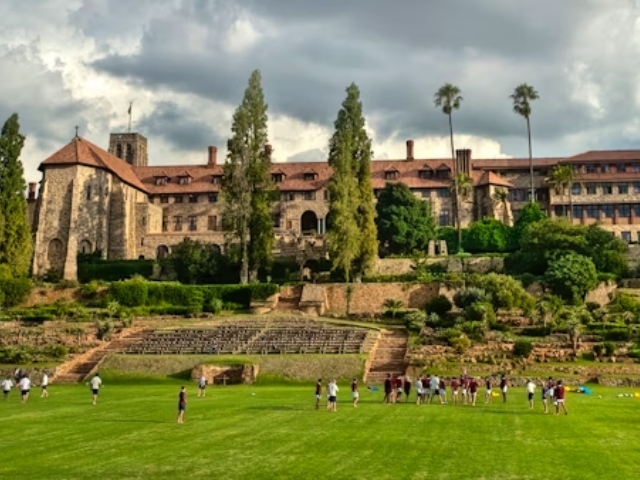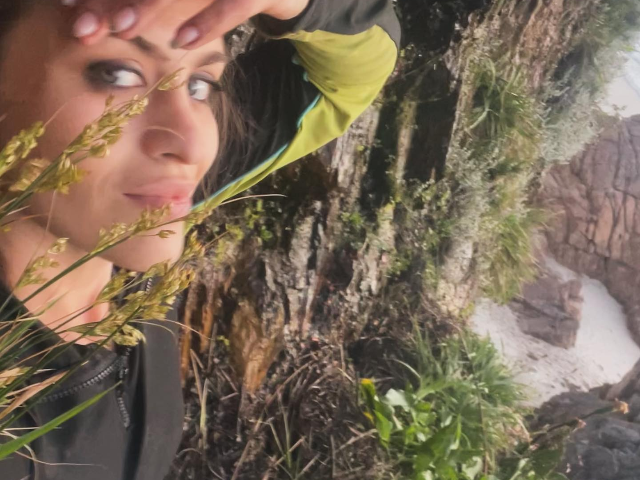
-
The South African Poaching Problem Flying Under The Radar [Video]
10 Mar 2022 by Jasmine Stone in Conservation, Crime, Environment, Lifestyle, Nature, South Africa, Video
[imagesource: Ashraf Hendricks]
Chances are that when you hear the word ‘poaching’ you think of rhinos.
That’s fair, considering rhino poaching in South (and southern) Africa continues to smash the dwindling population numbers of both the white and black rhino.
Most poached rhino horn, along with ivory, ends up in Asia where it is used in traditional ‘medicine’ and also as a status symbol to display success and wealth.
Flying under the radar, but also under attack from poachers, are the Karoo’s rare succulents.
GroundUp’s Ashraf Hendricks and Liezl Human recently took a look at the illegal trade, which can be profitable due to demand in Asia:
Little is known about the plants once they leave the country. GroundUp spoke to police officials, Northern Cape locals, a nursery manager, and conservationists and community members connected to poaching to get to the bottom of the black market trade in these plants.
Sure, it’s not quite as dramatic as the awful visuals of rhinos with their horns chopped off but it’s criminal nonetheless.
Along with the above video feature, GroundUp featured a lengthy write-up.
The illegal trade in these plants is increasing at an alarming speed. According to SANBI [South African National Biodiversity Institute], in the past three years, the number of plants confiscated from poachers by the South African Police Service (SAPS) has increased annually by over 250%. By November last year, police had confiscated about 415,000 plants.
SANBI spokesperson Nontsikelelo Mpulo says the number of poached plants is probably far higher because monitoring and enforcement in vast Northern Cape landscapes is challenging. “We suspect that less than 25% of the trade is intercepted by law enforcers. It’s likely that over 1.5 million plants have been removed from the wild in the past three years,” says Mpulo.
A poacher who spoke with GroundUp said plants can fetch between R30 to R100 each.
One February bust alone netted 5 500 plants and some roadblocks have stopped cars with 20 000 plants.
SANBI says there are an estimated 2 500 types of succulents endemic to an area dubbed the Succulent Karoo, “which stretches from Namibia, through the Richtersveld and the Northern Cape, to the little Karoo in the Western Cape”.
Latest News
-
St John’s College In R60 Million Lawsuit Over Pupil’s Suicide After Sexual Abuse Claims
[imagesource:lekkeslaap] The prestigious St John's College, along with an ex-teacher, a...
-
Only In Mzansi: Model Left Dangling On Cliff In Baboon Bag Snatching Debacle
[imagesource:facebook/mariana keyser] Mariana Keyser found herself in a proper pickle o...
-
Friday Morning Spice
[imagesource:FMT] Outrage And Hope As ICC Issues Warrants For Netanyahu, Gallant And Deif...
-
Thai Woman Sentenced To Death For Murdering 14 Friends With Cyanide In Shocking Killing Spree
[imagesource: Sararat Rangsiwuthaporn] A woman in Thailand, dubbed 'Am Cyanide' by Thai...
-
René Magritte Painting Sells For Record R2.1 Billion At Auction
[imagesource:renemagritte.org] A René Magritte painting portraying an eerily lighted s...
-






























